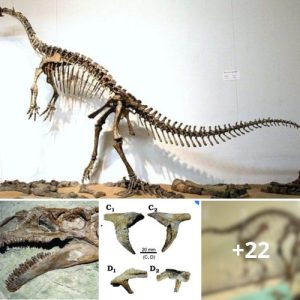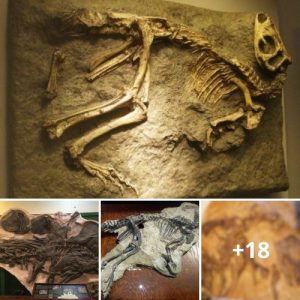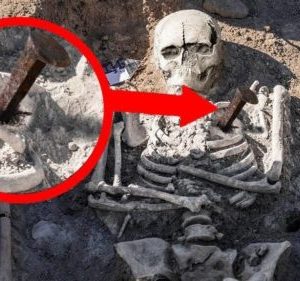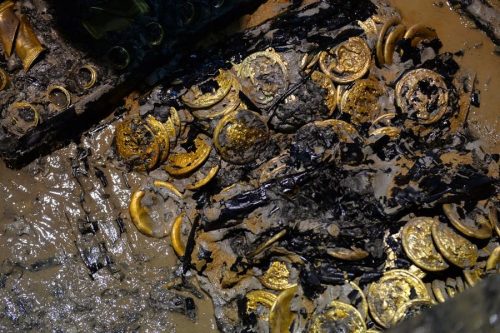
In the heart of England, a remarkable discovery has taken place that has captured the imagination of history enthusiasts, archaeologists, and treasure hunters alike. The unearthing of 840 Iron Age gold coins in the Wickham Market Hoard has unveiled a treasure trove of historical significance, shedding light on a bygone era when this land was part of a vibrant and thriving community.
This extraordinary discovery, which is estimated to date back over 2,000 years, has ignited the curiosity of many, and its importance cannot be overstated. In this article, we will delve into the details of the Wickham Market Hoard, exploring its historical context, significance, and the exciting implications it holds for our understanding of the past.
The Discovery
The story of the Wickham Market Hoard begins with a metal detector enthusiast, who, while pursuing their passion, stumbled upon something far beyond their wildest dreams. This lucky individual, who wishes to remain anonymous, discovered a hoard of buried treasure in the idyllic Suffolk countryside.
The Wickham Market Hoard is a collection of 840 pristine Iron Age gold coins. These remarkable artifacts are believed to be part of the Iceni tribe’s wealth, an ancient Celtic tribe that inhabited the region now known as East Anglia during the Iron Age. The coins are known as “staters” and are renowned for their craftsmanship and artistic value.
Historical Significance
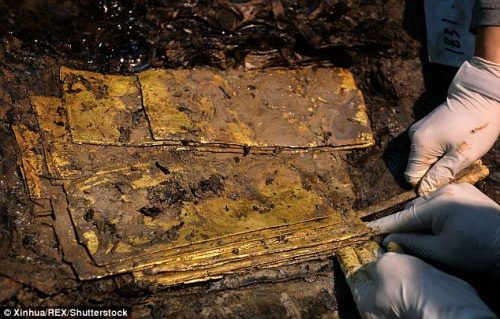
The historical significance of the Wickham Market Hoard cannot be understated. The Iceni tribe was a fascinating and enigmatic group, known for their fierce resistance against Roman rule, particularly under the leadership of the famous Queen Boudicca. These coins provide valuable insights into the economy, trade, and artistic expression of this period.
The Iceni staters, like those found in the hoard, were characterized by intricate designs that often depicted tribal symbols and the artistry of the time. This discovery adds to our understanding of the Iceni’s economic activity and their interaction with neighboring regions.
Additionally, the location of the hoard is crucial. Wickham Market, located in Suffolk, was not a known historical center of the Iceni tribe. The find challenges our previous assumptions about the extent of their influence and trade networks. It hints at the possibility of previously undiscovered settlements or routes that connected this region to the Iceni’s heartland.
Preservation and Conservation
The discovery of the Wickham Market Hoard not only opens a window into the past but also presents the responsibility of preserving these historical treasures. Archaeologists, in collaboration with local authorities and experts, are carefully preserving and studying these coins to ensure their long-term conservation.
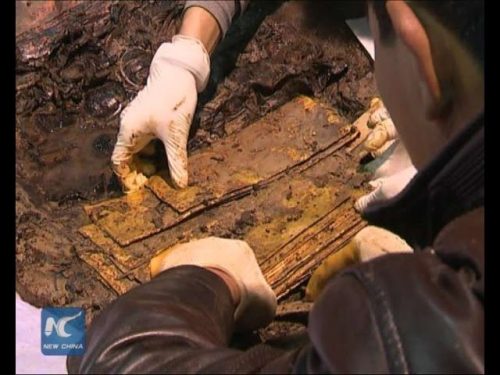
The coins are cleaned, cataloged, and documented, allowing researchers to piece together more of the historical puzzle. The meticulous care taken in this process ensures that future generations will have the opportunity to learn from and appreciate these artifacts.
Implications for Future Discoveries
Discoveries like the Wickham Market Hoard remind us that the past is never truly buried. It lies beneath the surface, waiting to be uncovered by those with the patience, expertise, and a bit of luck. The significance of this find extends far beyond the coins themselves. It encourages further exploration and research in the region, as it is a testament to the fact that valuable historical artifacts may still be hidden in plain sight.
This discovery is a reminder of the potential for archaeology and historical research to continually reshape our understanding of the past. It ignites curiosity and encourages both amateur and professional historians to keep searching for the hidden stories beneath our feet.
Conclusion
The discovery of 840 Iron Age gold coins in the Wickham Market Hoard is a remarkable event that has captured the world’s attention. It not only provides a glimpse into the rich history of the Iceni tribe and their economic activities but also challenges our existing knowledge of this period.
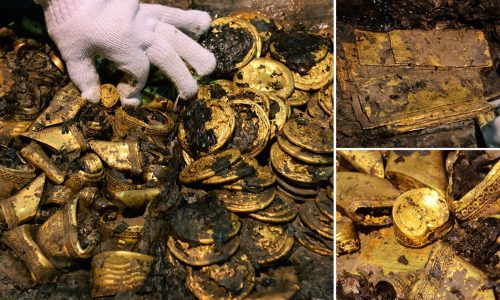
As these coins are painstakingly preserved and studied, they will continue to unveil the mysteries of our past. The Wickham Market Hoard stands as a testament to the enduring allure of history and the potential for hidden riches to be unearthed, reminding us that our understanding of the past is ever-evolving. This discovery is a vivid reminder of the profound impact that a single metal detector enthusiast can have on our understanding of history and the importance of preserving our shared heritage for future generations.

